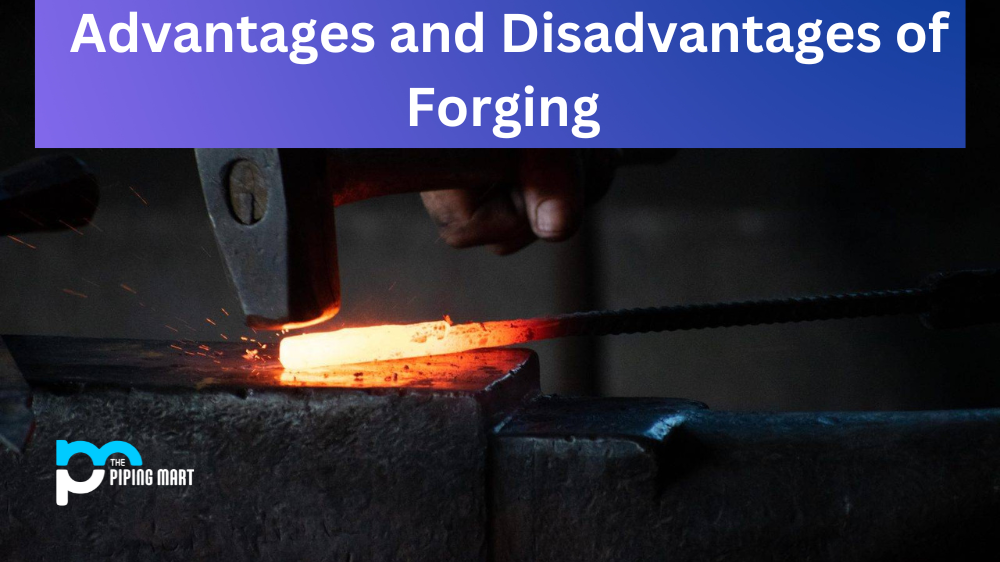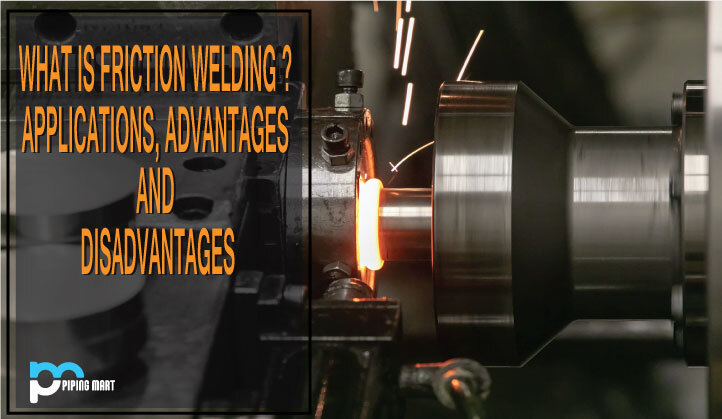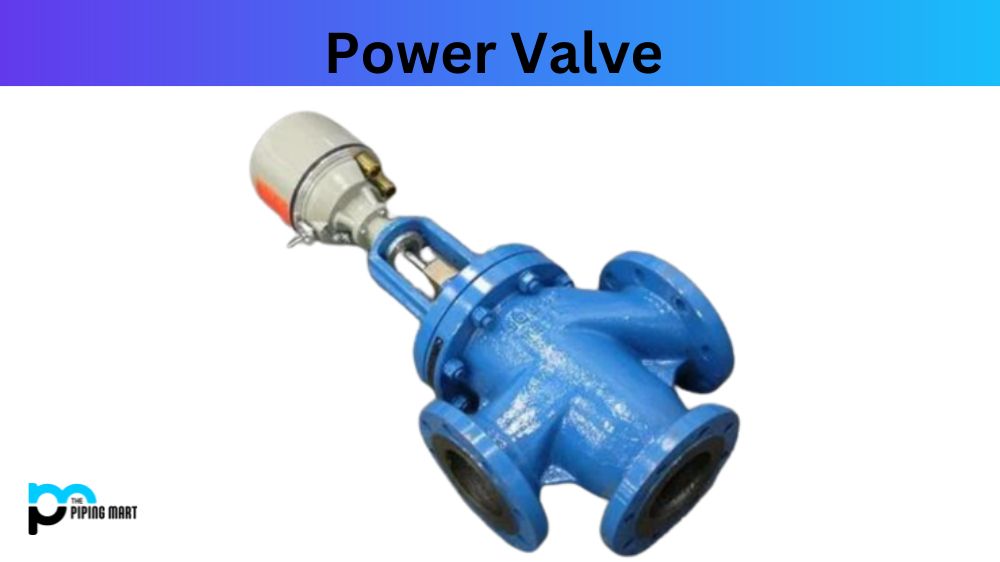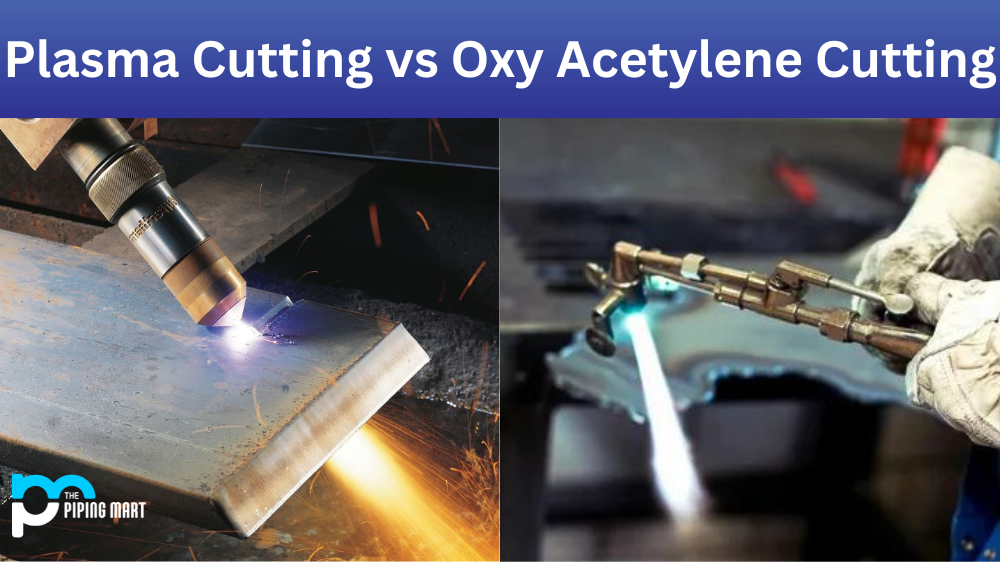When it comes to manufacturing, forging is a process that is often compared. Both can be used to create a variety of parts and components, but there are distinct differences between the two. In order to choose the right process for your project, you should understand the advantages and disadvantages of each. Let’s take a closer look at forging vs. machining.
Advantages of Forging
Forging is a metalworking process in which metal is heated until it is pliable and then formed into various shapes using dies, hammers, presses, or other tools. One of the primary advantages of forging over machining is that it can produce stronger parts with greater impact resistance than those achieved through machining operations. The process also allows for better grain flow throughout the part since it is worked from the inside out; this helps reduce defects and improves product quality overall. Additionally, parts forged from one material may be welded together with parts made from another material without compromising their strength or integrity.
Increased Strength
Forging can increase the strength of a metal object by aligning the grain of the metal in the same direction. This process is known as grain flow, and it makes the metal stronger and less likely to break under stress.
Improved Durability
Forging can also improve the durability of a metal object by making it more resistant to wear and tear. This is because forging creates a denser metal that is less likely to be damaged by repeated use.
Enhanced Aesthetics
Forging can also enhance the aesthetics of a metal object by creating a smoother surface finish. This is because forging eliminates any imperfections in the metal, resulting in a piece that looks more polished and professional.
Greater Precision
Forging also allows for greater precision when creating metal objects. This is because forge shops have more control over the shape of the metal during the forging process. As such, they can create pieces that are more precise and have tighter tolerances.
Lower Costs
Finally, forging can often be done at lower costs than other manufacturing processes. This is because forgings do not require as much material to be removed during the manufacturing process, which reduces waste and saves on overall production costs.
Disadvantages of Forging
The biggest disadvantage of forging, as opposed to machining, is that it requires much more energy and time to complete than machining does. This means that production costs can be higher, making it difficult for small businesses to afford the process in some cases. Additionally, not all metals can be forged; only certain materials, such as steel and aluminum, will respond well to this type of metalworking process. Finally, since forging involves heating up metal to mold it into shape, there may be additional safety concerns associated with this type of operation that must be taken into consideration during production planning.
- Forging can be a dangerous process if proper safety precautions are not taken.
- Forging can be a time-consuming process, as it often requires multiple steps.
- Forged products can be more expensive than those made with other methods.
- Forged products may not be as strong as those made with other methods.
- Forging can produce harmful emissions if proper safety precautions are not taken.
Conclusion:
When deciding between forging for your project needs, consider both the advantages and disadvantages of each method before making your decision. Forging offers superior strength and grain flow but requires more energy and time, while machining provides higher precision but has limited material options available for use. Ultimately though, both processes have their place when manufacturing parts, so explore all your options carefully before settling on one method over another!

Abhishek is a seasoned blogger and industry expert, sharing his insights and knowledge on various topics. With his research, Abhishek offers valuable insights and tips for professionals and enthusiasts. Follow him for expert advice on the latest trends and developments in the metal industry.




